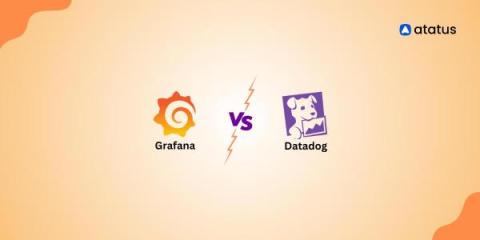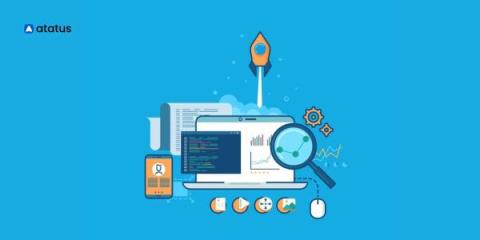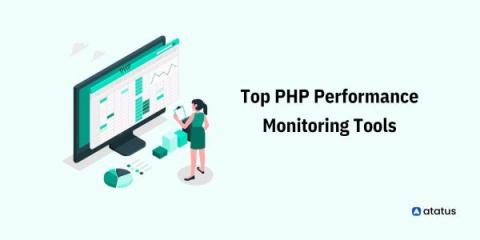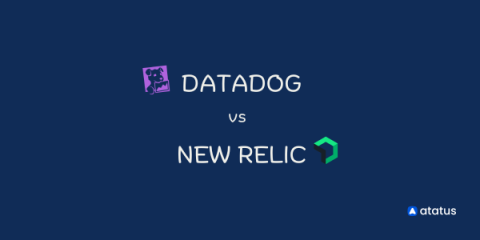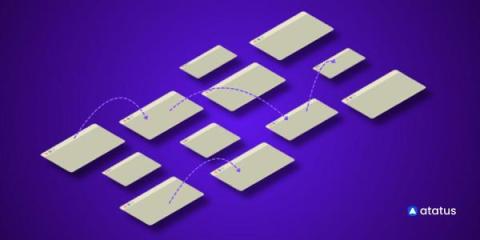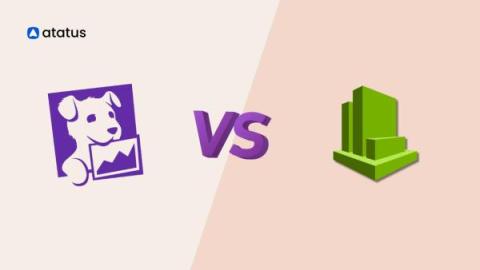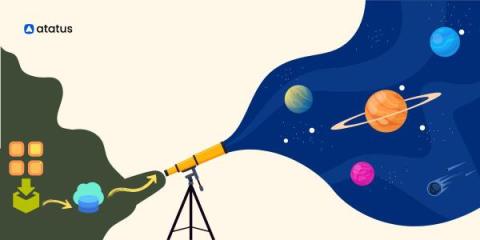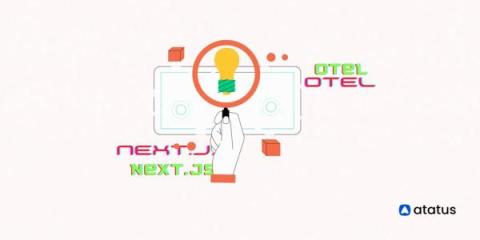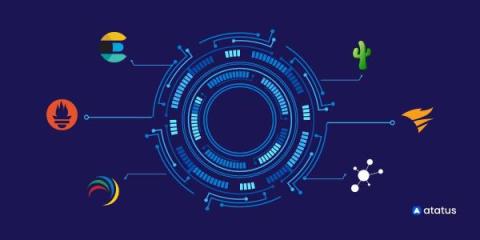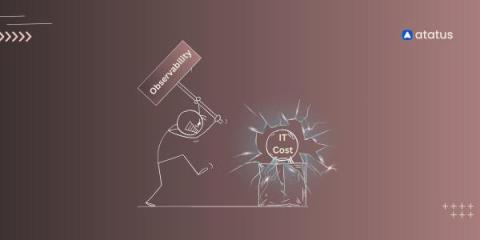Datadog vs Grafana: Comparison Guide 2024
Monitoring tools are essential for maintaining stability and performance. They enable organizations to monitor diverse metrics, analyze trends, and identify anomalies to prevent downtime and maximize resource efficiency. Among the leading solutions in this domain, both Datadog and Grafana are recognized for their effectiveness and versatility. Understanding the nuances between these platforms is vital for businesses to make informed decisions about which tool best suits their needs.


